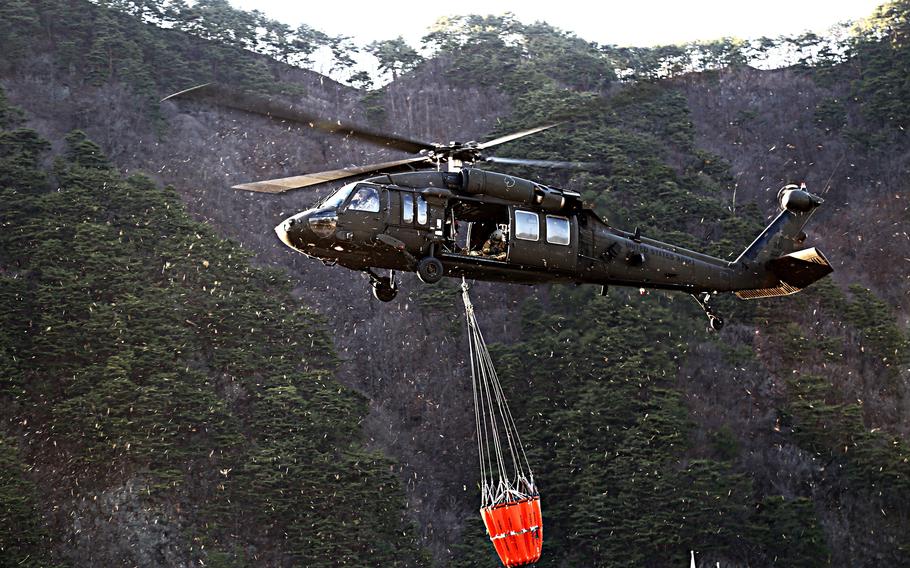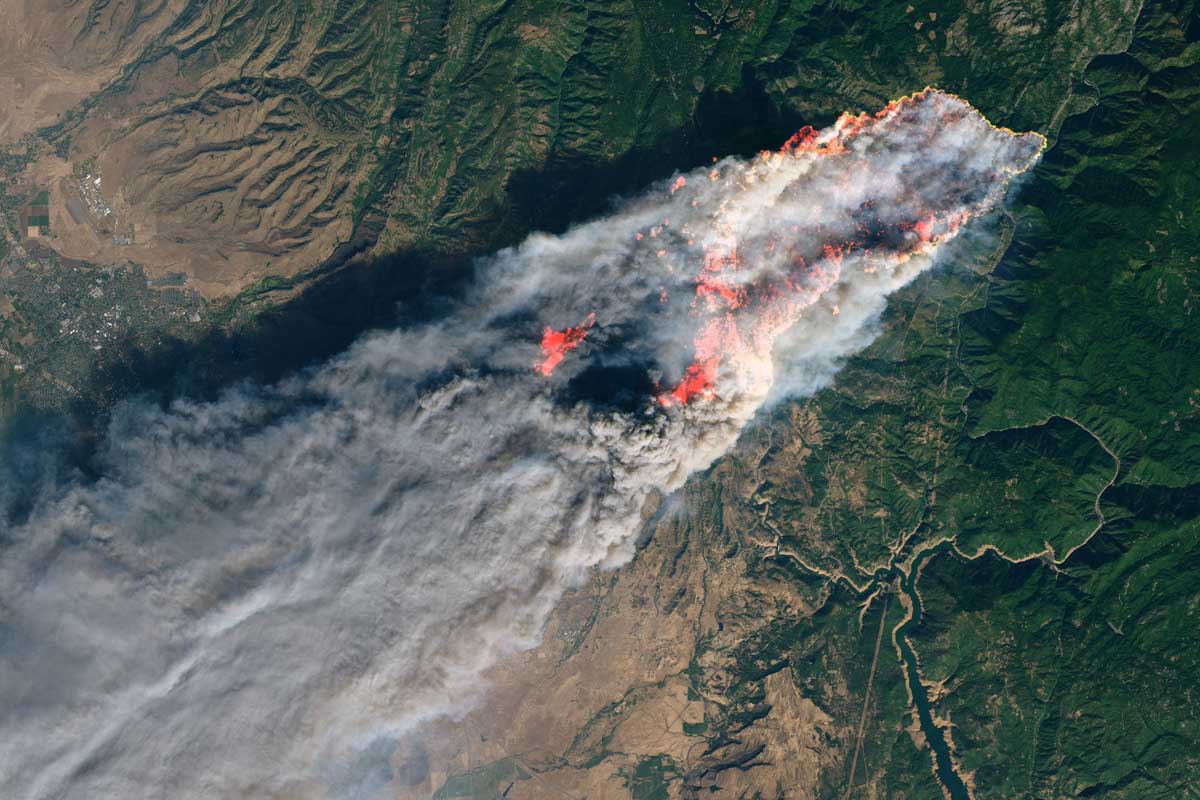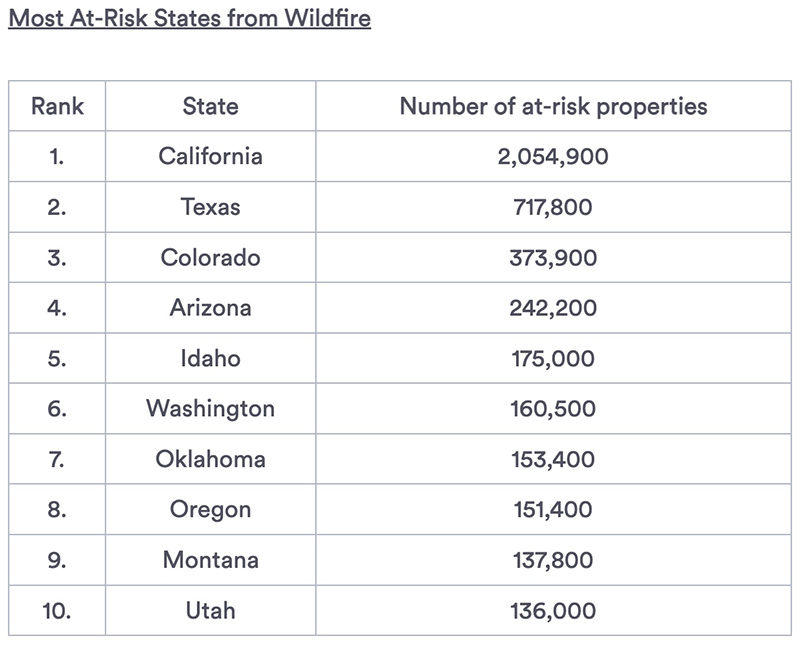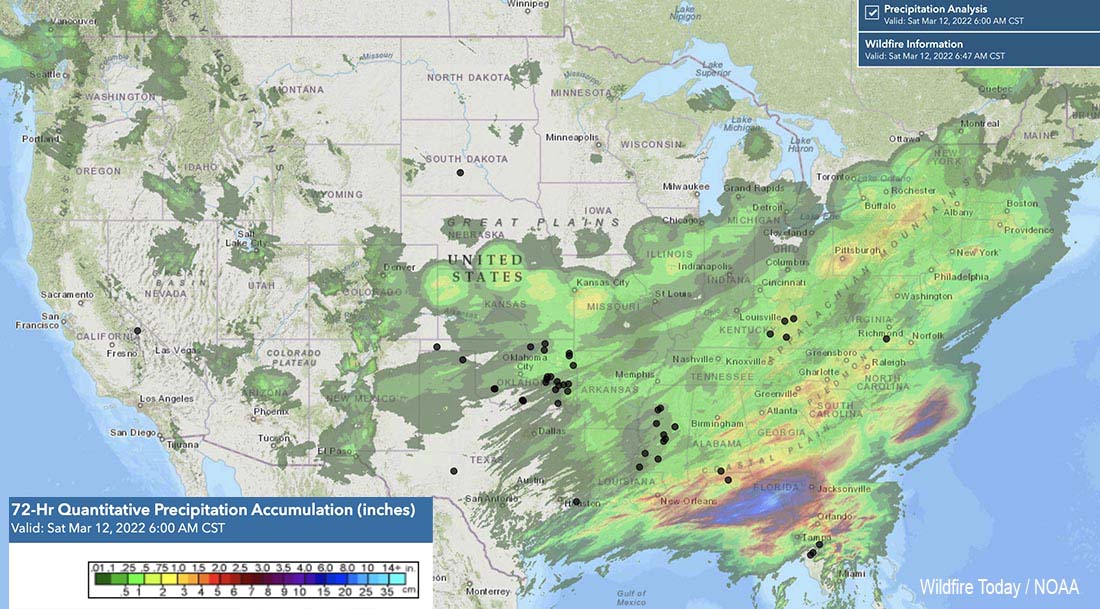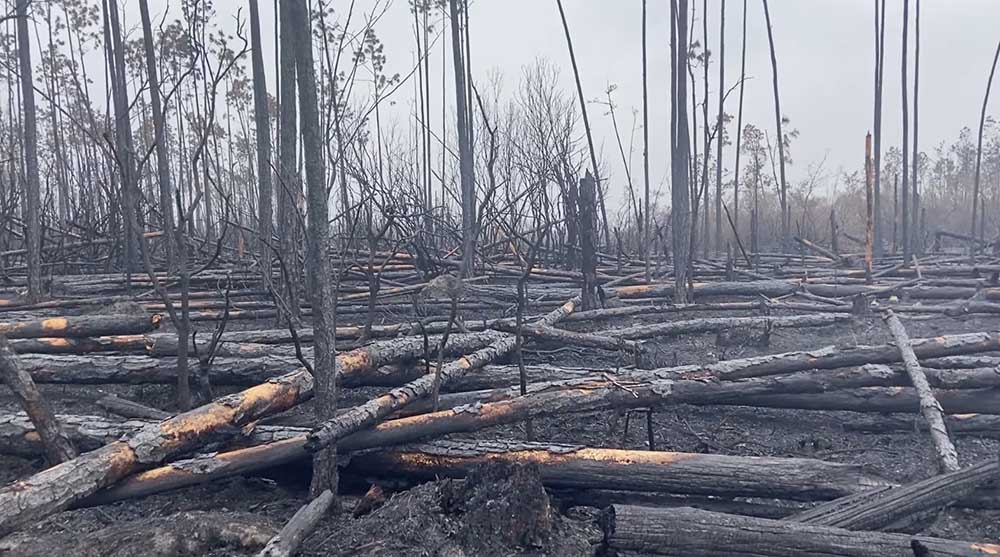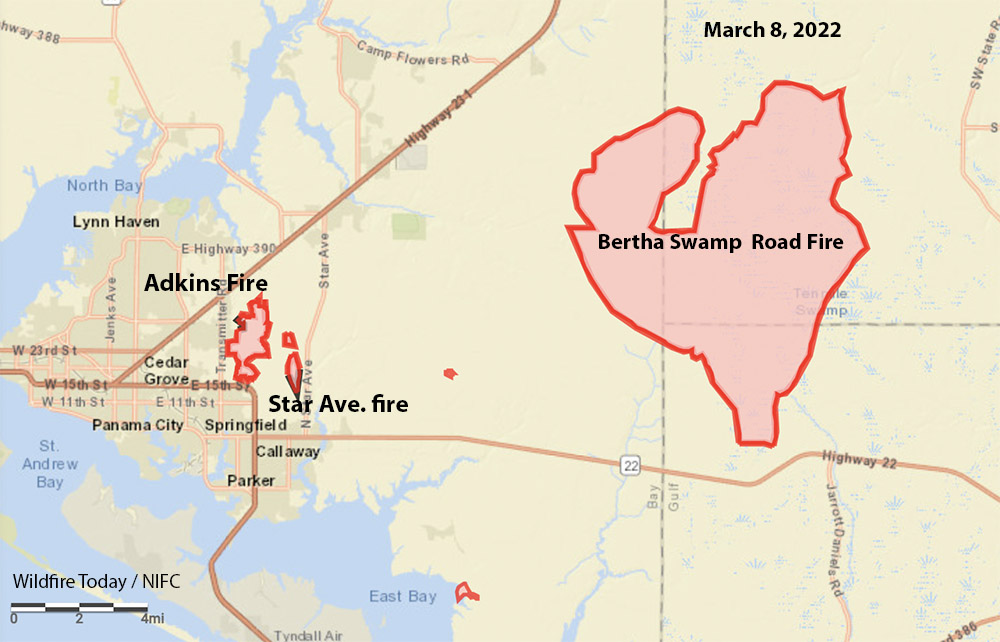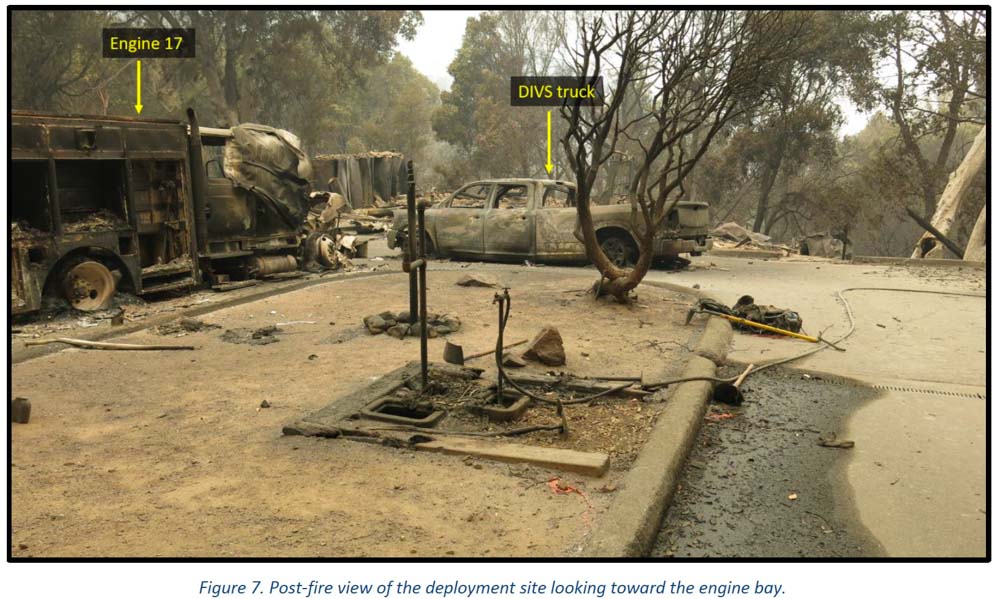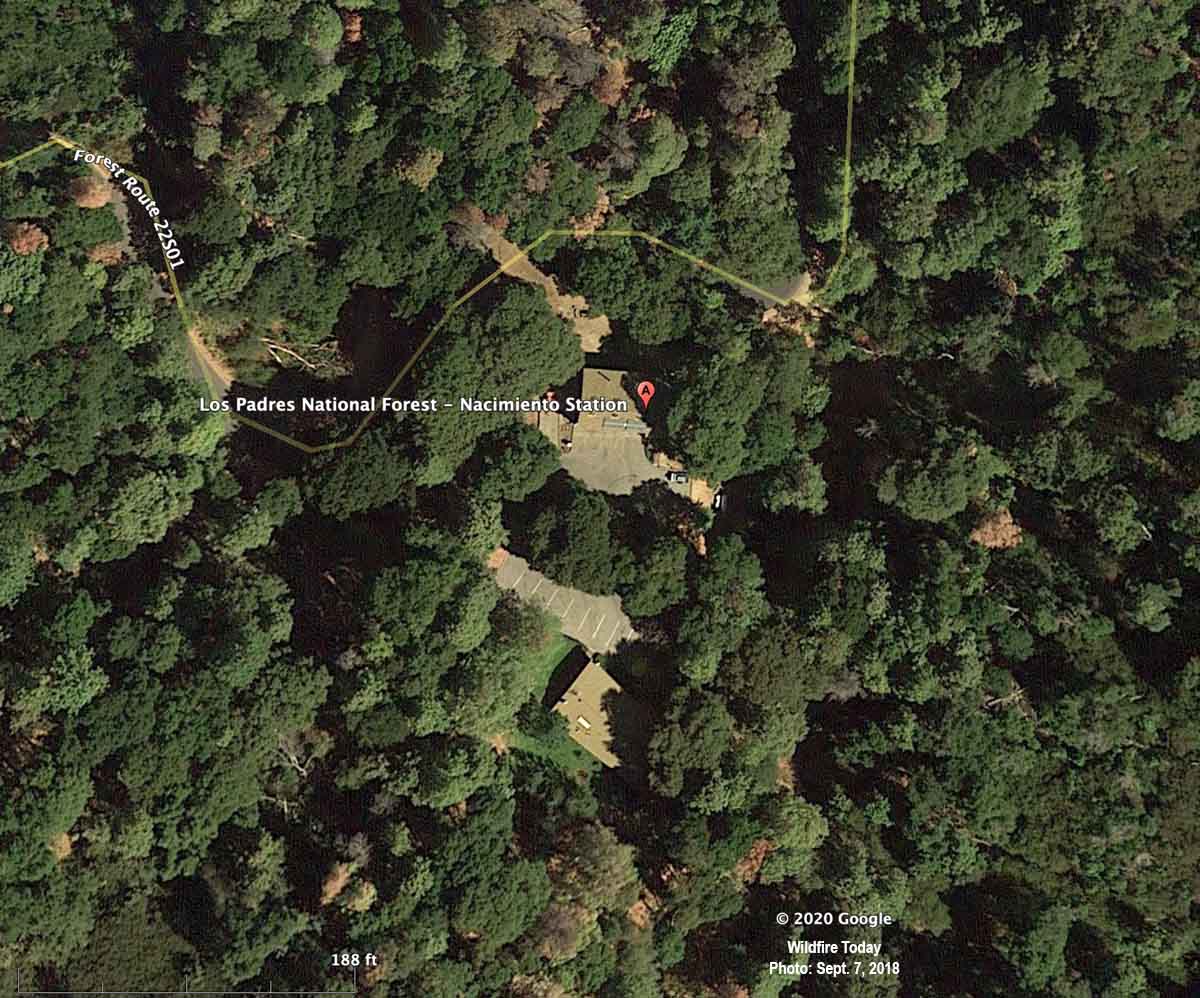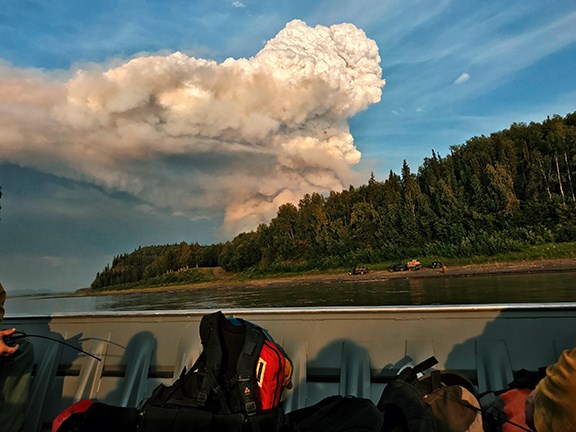
The Departments of the Interior, Agriculture, and Homeland Security through the Federal Emergency Management Agency (FEMA) are now accepting membership applications for the Wildland Fire Mitigation and Management Commission.
The establishment of the commission was required by the Bipartisan Infrastructure Law, H.R.3684, signed by the President on November 15, 2021, which became Public Law Number 117-58.
The commission is tasked with recommending federal policies and strategies to more effectively prevent, mitigate, suppress, and manage wildland fires, including the rehabilitation of land affected by wildland fires. It will include representation from federal, state, Tribal, county and municipal governments as well as non-governmental stakeholders from private industry.
The new law is very specific and detailed in laying out the deliverables of the new Commission, perhaps worrying that if it was too vague not much would get done. The 27 members of the commission will have their work cut out for them — 9 from federal departments and 18 non-federal stakeholders, plus an Executive Director they can hire. They may also bring on staff if needed. The members will serve “without compensation” but can be reimbursed for travel expenses and per diem.
The appointments of the members of the commission were to be made no more than 60 days after the date the legislation became law, which works out to January 14, 2022. Their initial meeting was to be held within 30 days after all members have been appointed — no later than February 13, 2022. They are to meet at least once every 30 days, in person or remotely.
The first meeting is now being rescheduled for “late spring 2022,” after a failure to meet the first two of Public Law Number 117-58’s requirements.
Members will commit to serve for the life of the commission, which is estimated to be a year and a half. They should expect to devote between 10 and 15 hours a month to commission duties, which include attending meetings, strategic planning, and development of the reports. The Departments of the Interior, Agriculture, and Homeland Security through FEMA will provide support and resources to assist members with coordination and facilitation of their duties for the duration of the commission.
The Department of the Interior Office of Wildland Fire distributed an announcement March 10 which said applications for membership must be submitted via the online form by 11:59 pm Pacific Time on March 25, 2022. To ensure the process is equitable for all applicants, those who have previously expressed interest in membership must still apply via the online form.
For more information, visit the commission website or email wildlandfirecommission@usda.
In addition to establishing the commission, the Bipartisan Infrastructure Law provides historic funding to address wildfire hazards, including $8.25 billion for a suite of programs aimed at reducing wildfire risks, detecting wildfires, instituting firefighter workforce reforms, and building more resilient infrastructure.
Deliverables
As of mid-March, the commission which does not yet exist, is already about two months behind the schedule required by the new law.
Their assignments fall into two broad categories; here are some of the highlights:
1. Develop recommendations to mitigate and manage wildland fires
By February 13, 2023 develop a report describing recommendations to prevent, mitigate, suppress, and manage wildland fires; consider protection of human life, short- and long-term forest management; wildland-urban interface; utility corridors; rehab after fires; streamlining environmental reviews; and, recommendations for modernizing and expanding the use of technology, including satellite technology, remote sensing, unmanned aircraft systems, and any other type of emerging technology to prevent, mitigate, suppress, and manage wildland fires.
2. Report on aerial wildland firefighting equipment, strategy, and inventory
By March 30, 2022 prepare an inventory of surplus cargo and passenger aircraft that may be used for wildland firefighting purposes.
By June 28, 2022 develop an assessment of the number of aircraft needed to fight wildland fires through 2030. The report will include an assessment of the federal government’s authorities to provide or sell surplus aircraft to Federal, State, or local organizations to be used for wildland firefighting, and, identify any additional authorities that are needed. The Commission is directed to consider all private and public sector options for accessing necessary aircraft and aircraft parts, including procurement, contracting, retrofitting, and public-private partnerships.

